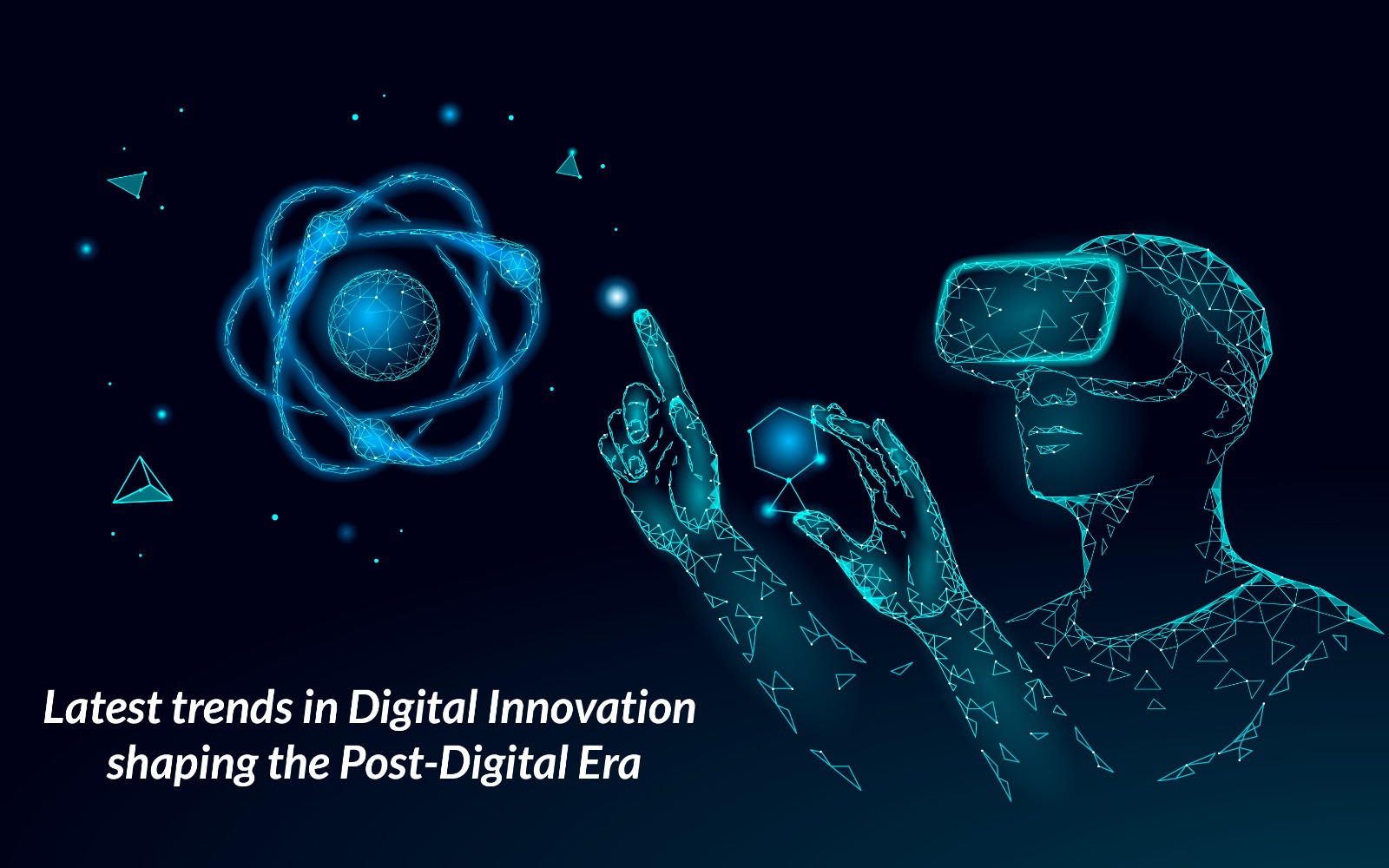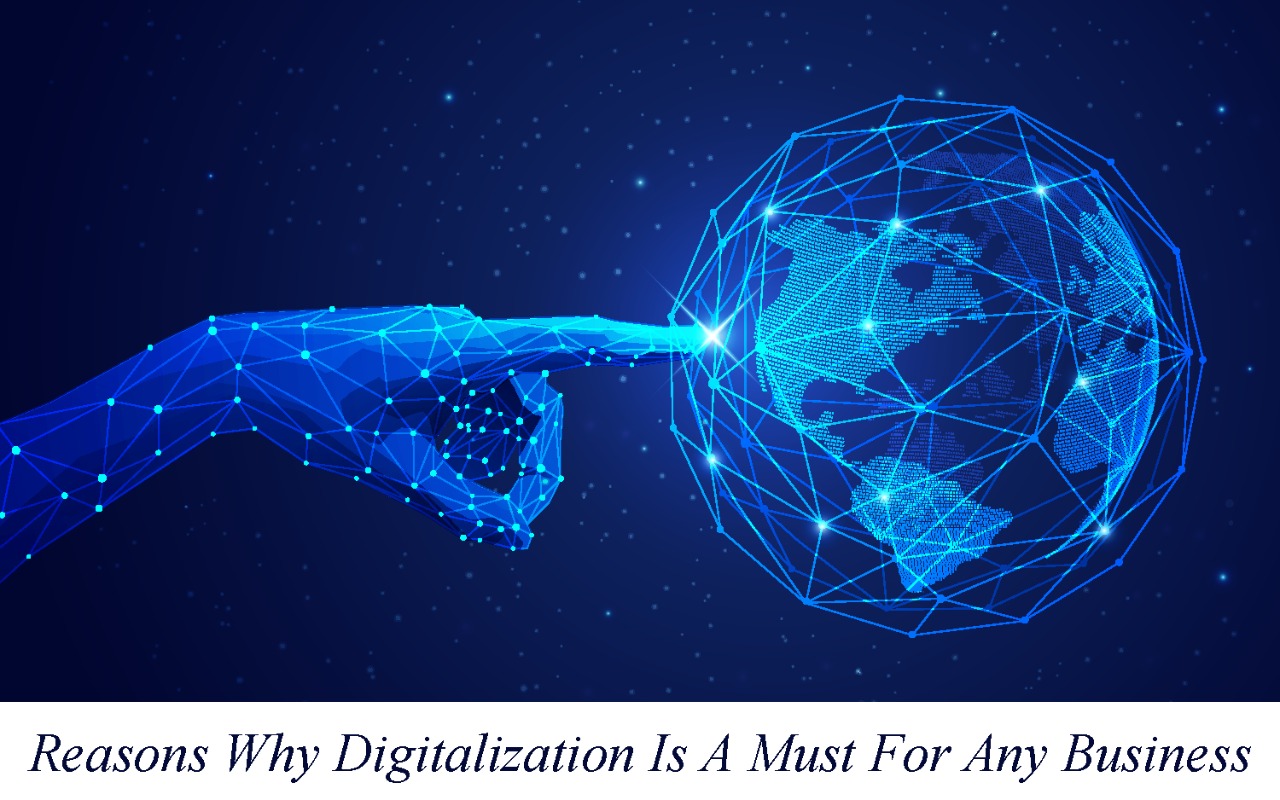Model Deployment
As Machine learning/Deep learning algorithms are vastly being used in many commercial, technical sectors, the practical application of machine learning can be quite complex. To have a quality tested trained learning model into a production environment, which is most commonly a cloud platform, so that it can be accessible to the various stakeholders is often called as model deployment. The whole process of deployment comes after the model goes through all the Local, Development, Testing and staging environments before the model is fitted into the production environment. Although model deployment sounds like the final stages of introducing the machine learning model to the world, there are many checkpoints that need to be satisfied, and pain-points that need to be overcome to make it a success in the production environment. The Challenges Faced While Deploying Machine Learning Models need specific DevOps practices and are also called as MLOps in the industry.
Most of the developers intend to post their working models in Google cloud (Google AI Platform), GitHub, Heroku, AWS etc. platforms to make their codes accessible and fully usable to other users.
The process of Deploying Machine Learning Models requires the developer/s to develop framework and do both the front-end (for user interface), and the backend (The main model itself). The framework can be developed using Flask, Django etc.
The Challenges Faced While Deploying an Machine Learning(ML) Models
- From the first stage of development, the model requires to be built with a huge set of libraries which are necessary and act as a backbone to the learning model to predict the outcome. The model is built using a virtual environment. When the developer starts proceeding to deploy the model, he/she needs to check whether the model is working correctly on the other systems (without any compatibility issues). Even though the models are working perfectly fine at the testing stages, it may take a lot of time to compute the astronomically large real-time data when it comes to production stages and it costs a lot of computational power to even run the model practically in real environments. Which is why developers often spend a lot of time curating/troubleshooting their code to structure and optimise them to implement the model which can run on any system.
- The next hurdle faced by developers after the development is the data itself. Let the dataset be huge, but it needs to be noted that every data element may not help the model to predict the output with good accuracy. A good dataset helps the model learn the problem-solving ability in multiple environments. This is one of the biggest reasons why data management and pre-processing are difficult for many.
- As the models need a large training data, data management could be a major blocker if the movement of the data is not fine tuned to make fetching of the data and cleaning/pre-process steps to be smoother for the ML code to function. Having high quality data is essential for an ML algorithm to run in the deployed environment.
- Another aspect of data set is the versioning of data, for understanding the training, and feedback loop of the ML model.
- Data security issues need to be addressed before deploying a model in the production environments of customers. Many sectors may need different privacy policies than the training data the models have been trained on. For example, companies using PHI information, may need send the data in a form that is compliant with certain standards such as HIPAA, GDPR, COPA etc., which adds an additional layer to the model infrastructure.
- Models that are trained and need to be deployed in various production environments need to understand the architecture of the environment. This is especially true with software-as-a-service based solutions which have models that need to be deployed in various environments, for each of the stakeholder in the platform industry.
- Data models may need parameter tuning and optimization of architectures for better accuracy and predictive values. While these could be easily worked on development environments, the production environments have to be experimented precariously before going live to the user.
- The messaging architecture that is needed in the production environment needs to be optimized before model deployment, to understand the input time, data requirement, training hours, validations, tracking and logging issues. For example: When and where the data is inputted into the model needs to monitored and tracked.
- ML workloads have certain special Infrastructure requirements like GPU & High-Density Cores. Thousands of processing cores run simultaneously in a GPU which enables training and prediction to run much faster compared to just CPUs. Since these infrastructure requirements (especially GPU) are costly and are needed mostly in periodic bursts for training, having support for elasticity and automation to scale as well as provision/de-provision infrastructure (especially when using the cloud) is a good idea
- Depending on the model and the way it is going to be used in production with live data you might have to support either offline (batch) prediction or online (real-time) prediction. You need an appropriate framework to serve the model based on the type (batch or real-time). If it’s a batch prediction make sure you can schedule the batch job appropriately and for real-time, you need to worry about processing time since the result is usually needed back synchronously.
- Model degrades (i.e., Predictions become less accurate) in Production due to various factors like data drift, environment changes, etc. over time. It’s essential to have the information necessary to troubleshoot & fix a problem readily available to the teams so they can act on it.
Machine learning/deep learning is a vast subject and without prior knowledge in the machine learning concepts, building a model can be quite hard and heavily decrease the quality of the work. The data pre-processing, model selection, model validation and many other steps requires good understanding in ML, without which it is impossible for one to build a fully usable and scalable learning model. Need more information on how to implement machine learning models successfully in your organization, get in touch with our experts today.




Warning: sprintf(): Too few arguments in /home/fak4qnim6k81/public_html/wp-content/themes/litho/comments.php on line 180